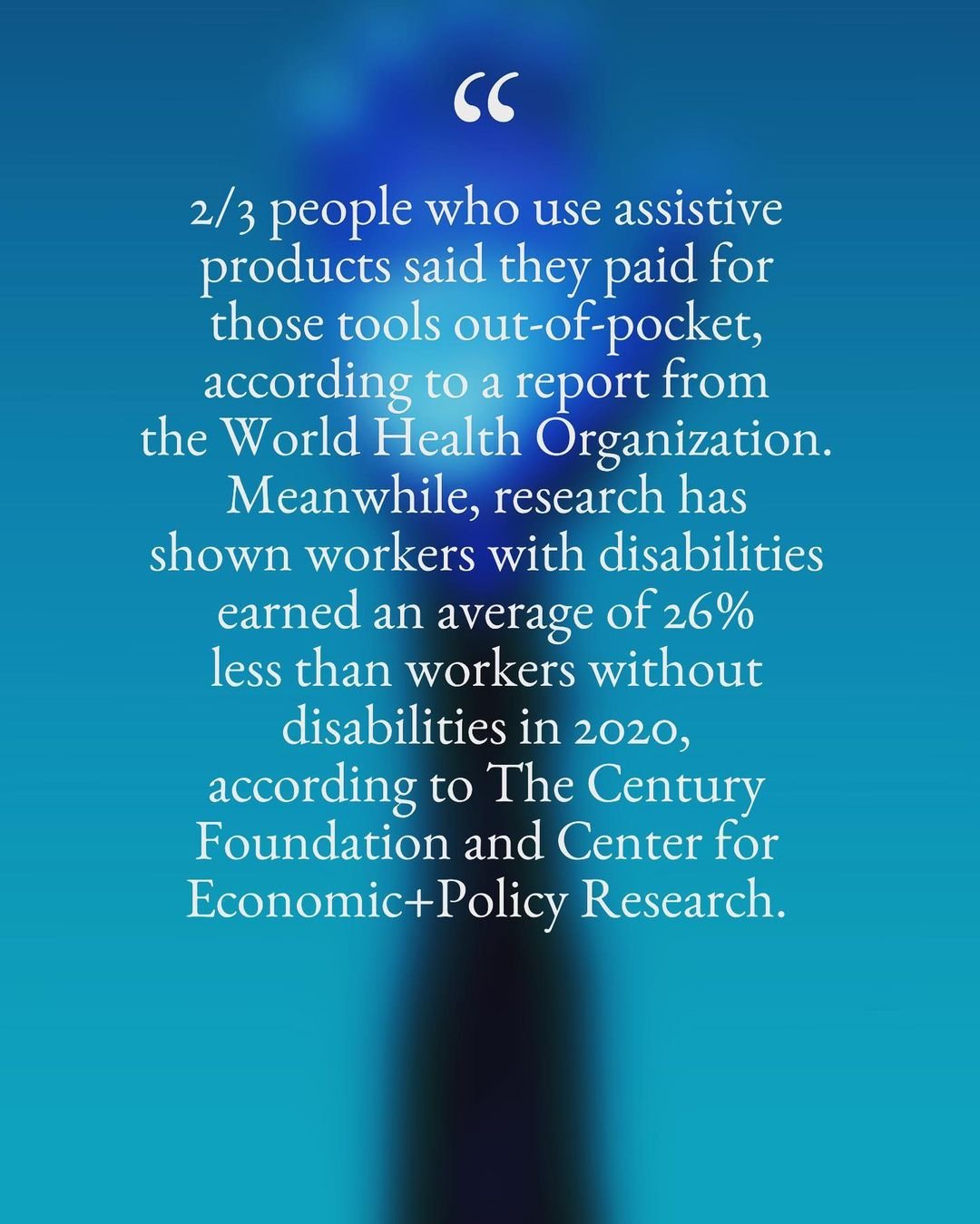Over the past several months the Biden administration has racked up impressive wins related to targeted student loan forgiveness. U.S. Department of Education touted its successes in a July 6 press release noting $26 billion in relief for various groups.
• Approximately $8 billion through borrower defense;
• Nearly $8 billion to borrowers who are totally and permanently disabled; (TPD)
• More than $9 billion to public servants through the PSLF program; and
• Over $1 billion in closed school discharges.
As Forbes contributor Adam S. Minsky noted today, those numbers are steadily climbing as the administration seeks more relief.
For the disabled borrower however, discharge through TPD is limited and leaves many scrambling for relief.
Consider:
The TPD discharge, aimed at helping disabled borrowers who are unable to sustain gainful employment, does not apply to everyone. Currently 323,000 individuals have been granted relief under this program.
Additionally, $7 billion of the total forgiven under TPD is thanks to a data-sharing effort between the Department of Education and Social Security Administration identifying qualified applicants currently receiving SSI or SSDI. According to the latest data, just over 12 million people between 18-64 are enrolled in either program, accounting for 32% of U.S. disabled adults in that same age range based on U.S. Census Bureau data.
While exact figures on disability and student loan debt remain illusive, it’s likely there remains a large percentage of disabled borrowers not covered under TPD who struggle repaying student loans while employed.
Our path to employment is already a challenging one. Beginning in academia, we battle with questions surrounding disclosure, seeking accommodations, and administrative hurdles. According to a 2017 report from the National Center for Learning Disabilities (NCLD), the process is often so cumbersome many don’t seek the support they need and thus are at an increased risk for not graduating. Postsecondary National Policy Institute (PNPI) notes 40% of undergraduate students with disabilities who started in 2011 graduated with a bachelor’s degree from the same institution by 2017, compared to 57% of students without disabilities.
When we do graduate, the struggles continue in our job search as we work to dismantle ableism and misconceptions about our abilities in the workplace. Consequently, it's no surprise only 4% of employees are openly out as disabled at work according to Disability:IN. The potential earnings discrepancy highlights another barrier. Research from The Century Foundation and Center for Economic and Policy Research shows we earn an average 26% less compared to our non-disabled colleagues.
We must find a way to provide relief to disabled borrowers working to pay off student loans.
#studentloans #studentloanforgiveness #disability #wagegap
Over 3.5 Billion People Will Need Assistive Products by 2050: Report
About two in three people who use assistive products said they paid for those tools out-of-pocket, according to a report from the World Health Organization. Meanwhile, research has shown workers with disabilities earned an average of 26 percent less than workers without disabilities in 2020, according to The Century Foundation and Center for Economic and Policy Research.
While some assistive tools are easily available, Maria Town, the president and CEO of AAPD Foundation said more "specialized" products can be "very costly," even if the individual in need has public or private health insurance.
Meghan Roos, Newsweek
I count myself among the 2.5 billion people who currently use assistive technology daily. Often, this is technology paid for out of my own pocket.
My wheelchair, leverages assistive technology in the form of power assist wheels. This technology enables me to move more freely and easily through different terrain without putting undue stress on my body in numerous ways; especially while working with Canine Companions® Pico as we navigate a major city with hills and distinct types of terrain. While insurance did cover some of this, a significant percentage came out-of-pocket. Without this technology I would not be able to navigate my life safely and easily. It has provided a freedom and flexibility that I would otherwise not have.
For years, I struggled with typing; causing strain and stress on my hands, fingers, and even eyesight. While I can effectively use voice dictation today and can attest to how much it has streamlined my workflow and saved me undue physical stress, the startup costs were innumerable.
For many people with disabilities, assistive technology is not a luxury, it is not a “nice to have,” nor is it something to ogle over and think about how cool it would be if you had it. It is what enables us to participate freely and easily in society that is not built with us in mind. We use this technology to level the playing field. However, it can and does often come at significant cost. Colloquially referred to within the disability community as the “Crip Tax,” it is the cost-of-living increase as a consequence of living life as a disabled person.
That is just one of the many reasons why equal wages are so important for everybody. Disabled people earn seventy-four cents on the dollar compared to our nondisabled colleagues. This is why, in every industry, every profession, and every company, representation matters. Disabled people need support from leadership not only so we can thrive at work with a supportive team that understands and appreciates our needs for assistive technology, but further so we can advance our careers on-par with our nondisabled colleagues and close the wage gap.
For us it is the difference between inclusion and exclusion, feeling seen, or feeling ostracized. Feeling validated or cast aside.
Over 3.5 Billion People Will Need Assistive Products by 2050: Report


